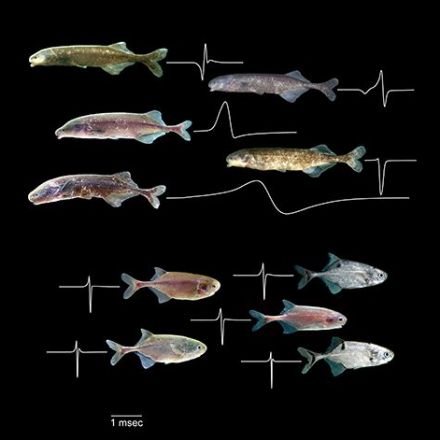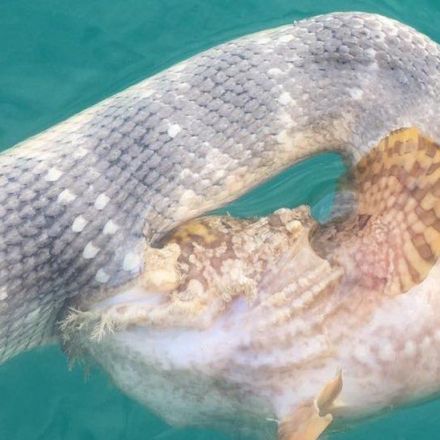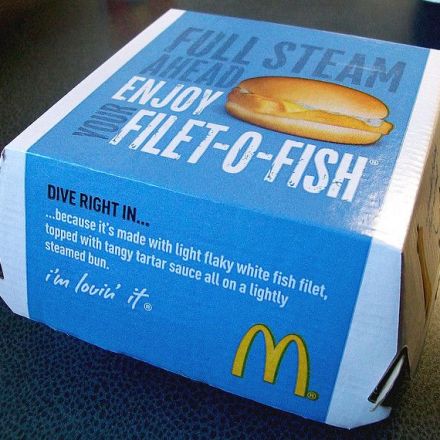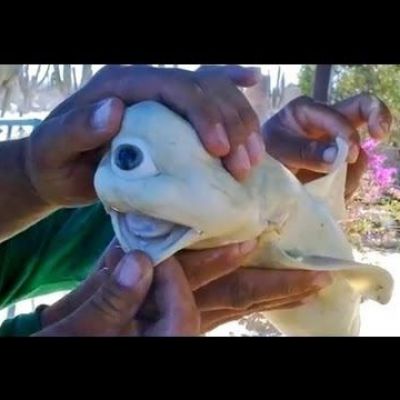

10 years ago
2
Headless gutted fish still moving
Article and question in the snap.
Continue ReadingWhat do you think?
So, it looks like there is salt on the cutting board. Is it possible that this salt is helping activate voltage-gated sodium channels that then cause the fish to move?
-
Article about the video
“The body is controlled by two parts, the brain and the spinal cord. The body can still move around even if the head is severed, because the spinal cord can still send impulse to the body,” Gol D. Rogers explained. -
Reflex arc
"A reflex arc is a neural pathway that controls an action reflex. In higher animals, most sensory neurons do not pass directly into the brain, but synapse in the spinal cord." -
Voltage-gated ion channel
"They have a crucial role in excitable neuronal and muscle tissues, allowing a rapid and co-ordinated depolarization in response to triggering voltage change. Found along the axon and at the synapse, voltage-gated ion channels directionally propagate electrical signals."
Additional Contributions:



























Join the Discussion
I'm pretty sure that's indeed the reason why the body still twitches. I experienced the same while disecting frogs (during my biology education, not for fun like a maniac :P). Some of us experimented with a little salt and the legs kept twitching up to 15min after the frogs were killed. The legs were completely severed from the body as well, so there wasn't any residual brain or spinal cord activity responsible for it.
Thanks! It is good to hear from someone who actually has some experience with this in real life. I have only been able to read about it. I was trying to decide between two causes: 1) reflex arc, or 2) salt activating ion channels in muscle tissue. Your example of the frog leg makes me a bit more confident that salt on the cutting board is causing the movement.